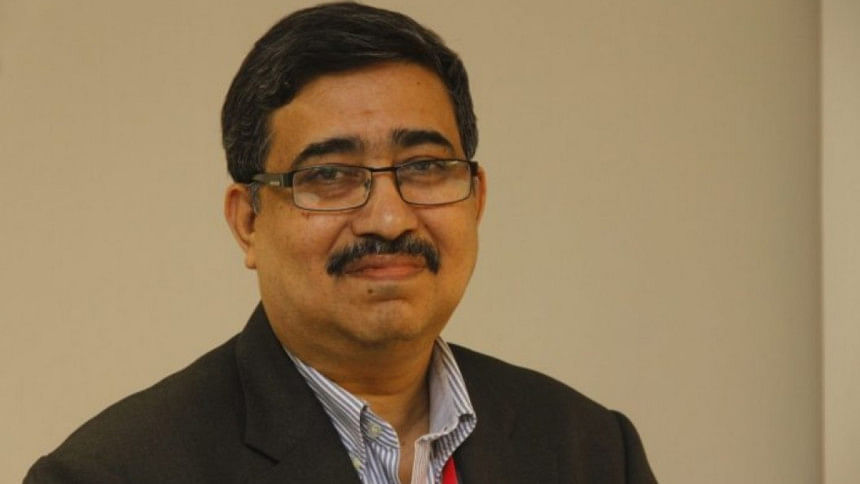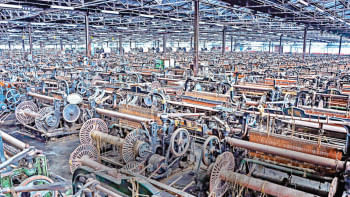Default loans: How do we reverse the trend?

The stability of Bangladesh's banking sector is under serious threat, and it's no longer an abstract issue confined to industry insiders or economists. The numbers speak for themselves: as of March 2025, defaulted loans have reached a staggering Tk 420,335 crore, accounting for more than 24 percent of all outstanding loans.
To put that in perspective, nearly one in every four taka lent by banks has not been repaid on time. This isn't just a statistic but a warning bell for the country's economy.
State-owned banks are by far the worst affected. Almost half — 46 percent or Tk 146,407 crore — of their total loan portfolios have turned into bad loans.
Bad loans at private commercial banks stand at Tk 264,195 crore, making up over 20 percent of their portfolios. Even foreign and specialised banks have accumulated bad debts amounting to several thousand crores.
In addition, banks are facing a massive provisioning shortfall — over Tk 170,000 crore. This erodes the system's ability to withstand shocks, be they domestic or international.
The sudden spike in bad loans is partially owed to regulatory issues. In April 2025, the Bangladesh Bank shortened the window for loan classification to 90 days from the previous redline of 270 days. While this move aligned banking standards with international best practices, it also revealed the extent of the rot more clearly.
There are also cases of businesses struggling due to global headwinds: the prolonged aftershocks of the Covid-19 pandemic and the Russia-Ukraine war, a sharp increase in energy costs, and severe depreciation of the taka against the US dollar. Add to that the recent high interest rates and frequent power outages in industrial zones like Savar and Narayanganj, and you get a cocktail of stress that has made it difficult for even sincere borrowers to stay afloat.
This crisis didn't build overnight. When the former ruling party, the Awami League, came to power in 2009, the total volume of defaulted loans was around Tk 22,481 crore. Since then, it has only grown bigger.
Economists and watchdogs have pointed fingers at successive governments for turning a blind eye to politically connected borrowers. High-profile individuals reportedly took out hundreds of crores in loans from public banks without proper collateral, only to divert the funds into unrelated ventures or park them abroad. In some cases, the money never entered the economy at all.
Yet, not all borrowers are at fault. Many businesses, from garment exporters in Gazipur to pharmaceutical companies in Tongi, have tried their best to maintain repayment schedules. These are the entities that must be protected and encouraged. In addition to taking tough action against habitual defaulters, the government must also ensure that genuinely productive sectors continue to get access to credit.
To address this crisis, we need more than short-term fixes. The first step would be the political will to go after big defaulters, regardless of their affiliations. This needs to be followed by deeper reforms to strengthen governance, transparency, risk management, and professionalism in the banking sector. Regulatory bodies need to be allowed more autonomy and capacity to act without fear. The central bank must function as a neutral referee, rather than a passive observer or occasional crisis manager.
The volume of default loans is not just an economic problem; it is a reflection of deeper institutional weaknesses. Unless those are addressed, no amount of rescheduling or provisioning will bring lasting stability. What's at stake is not just the health of our banks, but the future growth and trust in our economy.
The writer is a banking and economic analyst having worked at three international banks at home and abroad

 For all latest news, follow The Daily Star's Google News channel.
For all latest news, follow The Daily Star's Google News channel. 



Comments